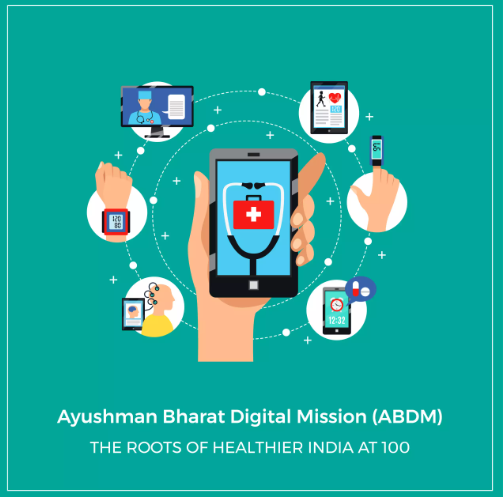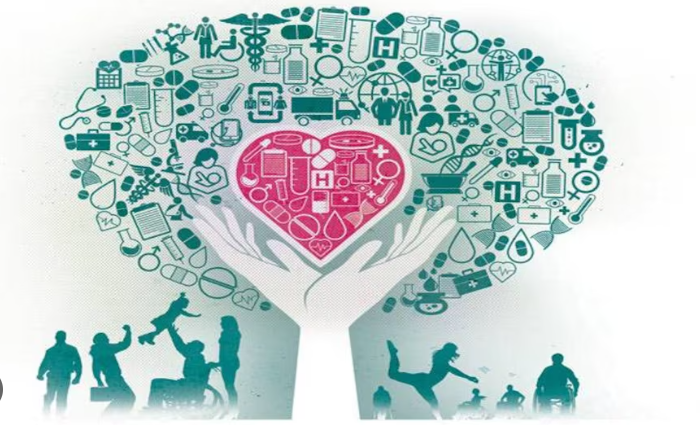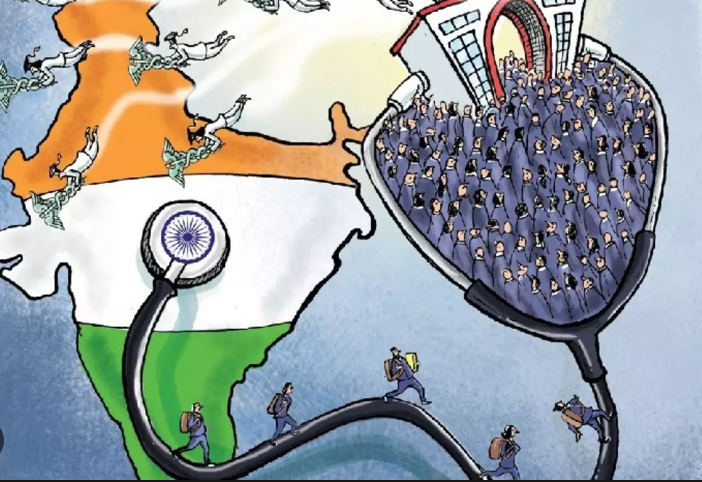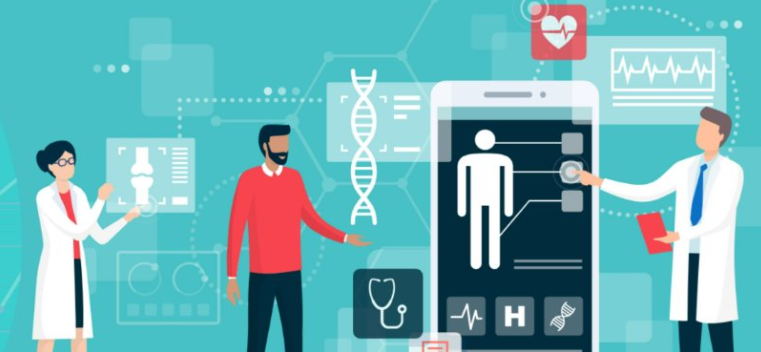The Science of Health.“. We talked last week about the prevalence of lung cancer in India, its expected rise by the end of the decade, and the potential future treatment options for the disease through gene therapy. This week, we talk about how technology is helping to make rural healthcare in India more affordable and accessible.
Rural healthcare is an extremely important sector that has been getting significant attention of late. The number of Indians living in rural areas in the country is over 95 crore as of April 1, 2023, according to the Department of Drinking Water and Sanitation, Ministry of Jal Shakti. The state with the highest number of Indians living in rural areas is Uttar Pradesh, where over 16 crore people live in rural areas, accounting for 16.6 percent of the total number of people living in rural areas in India.
There are over 6,65,000 villages in India. Several adults living in rural areas die prematurely due to diseases of the circulatory system, including heart disease, and conditions affecting the respiratory system. Over 25 million Indians living in rural areas of the country have diabetes, according to the George Institute for Global Health India, a medical research institute.
Also read-States’ Executions In The United States

The Science of Health
The challenges faced by people living in rural areas in India include a lack of access to healthcare, which leads to an increased incidence of maternal mortality, neonatal mortality, malnutrition, and infectious diseases. Heart diseases and diabetes are responsible for premature deaths in rural Indians. Compared to the West, these conditions occur at a much younger age in India. These diseases have a major role to play in the increasing poverty rate in India and are the most common killers of people of working age, especially in rural areas. The vaccination rates are also quite low in some rural areas. As a result, the life expectancy of people living in several rural areas in India is low.

The Science of Health
There is also a lack of skilled healthcare professionals in a large number of rural regions in India. Most importantly, a large number of rural Indians do not know how to leverage healthcare technologies. The villages in which they live may have advanced healthcare facilities, but the people living there may not be well-versed in those technologies. Therefore, it is important to educate rural Indians about the significance of advanced healthcare technologies, and workshops and training programmes must be conducted to teach them how to use these facilities. According to the George Institute for Global Health India, innovative, simple and low-cost smartphone technologies can help address the rural healthcare challenges in India. This is because these technologies will be affordable as well as accessible, and rural Indians will be able to learn how to use them with ease.

The Science of Health
Since several villages lack trained healthcare professionals, state-of-the-art electronic decision support systems must be built. These systems can be built using artificial intelligence (AI) and can diagnose people’s conditions and diseases based on certain health parameters. All the rural people will have to do is answer certain questions and mention how they feel. However, they may be required to get their blood tests done or measure their blood pressure beforehand. If they are taught how to use these AI-based machines, a large number of challenges will automatically be overcome.
The Science of Health

Ensuring that rural healthcare systems utilize cost-effective, quality-controlled, and evidence-based technologies is crucial. In addition to learning how to utilize these tools, community health professionals like Anganwadi should also instruct others on how to use them. At a pitiful cost, these healthcare professionals will be able to provide cutting-edge, individualized treatment because of inventive smartphone technologies. Utilizing this technology is crucial because wireless networks are available to more than 80% of India’s population.
The Science of Health

The Science of Health
images source: Google
Disclaimer: The opinions and suggestions expressed in this article are solely those of the individual analysts. These are not the opinions of HNN. For more, please consult with your doctor




































